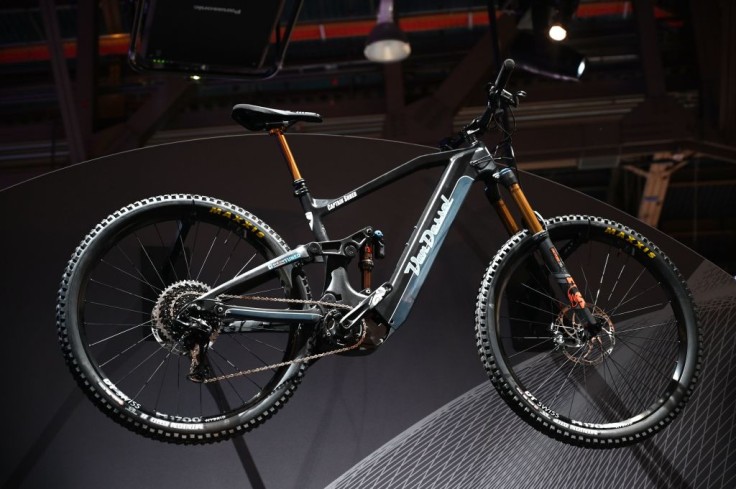
An electric bike, like any other bicycle, requires routine maintenance. Cleaning and maintaining your ebike will keep it working smoothly, effectively, and safely, all of which will help the battery and engine last longer.
This article describes how to care for your electric bike, focusing on how to prolong the battery life of a user's electric bike and maintaining its battery.
E-bike users, understandably, are intensely interested in how far they can travel before their battery runs out of power, so it's critical to charge and ride intelligently.
The good news is that extending the range of an electric bike battery is rather simple:
Basics of E-Bike Maintenance
Taking care of an electric bike, like any other bike, can help a biker get the most fun out of it and may extend the life of critical components.
Here's a quick rundown on ebike maintenance basics, as recommended by BikeRadar:
Maintain a clean bike, oiled drivetrain, and well inflated tyres.
Check for loose nuts, spokes, and broken parts on a regular basis.
Keep the battery charged and stored in a cool, dry location.
Avoid storing the battery if it is flat.
Only use the suitable charger to charge the battery.
Check for software updates on a regular basis.
If there is a problem, go to a dealership. Never disassemble or repair the motor or battery alone.
How to Prolong An E-Bike Battery Life
As reported by TechRadar, here are proven ways to prolong the battery of an E-bike
When a user gets the opportunity, top off the battery charge.
As much as feasible, use eco mode.
Keep an eye out for wind resistance.
Do not keep the e-bike battery on low.
Whenever possible, ikers shouldn't feign on charging. Since batteries can be recharged hundreds of times, even regular riders will receive many years of use out of them before they need to be replaced.
So, charge the battery whenever an outlet is available. For this reason, some commuters keep a separate charger at work.
Another tip to prolong battery life is to store the battery with a 30% to 60% charge for long-term storage; consult the user's manual for further information.
Chilly temperatures can quickly drain the lithium-ion batteries used in e-bikes, so keep the battery, or the bike if the battery isn't removable, in a heated location when the weather becomes cold.
Read Also: Mercedes-Benz Hyper-Efficient Electric Car Gets January 2022 Release Date: Engine, Range and MORE!
When it comes to riding, using Eco mode or whatever the bike's lowest assist level option is available, will help the biker get more mileage out of their battery.
Turbo, the top mode on the other hand, swiftly depletes it.
Riding with a greater cadence, spinning the pedals faster, is also more efficient.
Even on a calm day, a biker will encounter wind resistance as a result of their own forward motion.
To overcome the increased wind resistance, raising speed from 10 mph to 15 mph by 50%, takes double the energy outpu,t which both the biker and their batteries supply on an e-bike.
If a biker is towards the end of their battery's range, moving a little slower will allow a biker to ride for longer while using less power.
Of course, there's nothing a biker can do to counteract the impacts of a naturally occurring headwind; just keep in mind that it will deplete their power more quickly if the biker wants to keep going at a certain speed.
Lastly, in battery handling, use caution when attaching and detaching them since batteries are heavy and expensive.
Always follow the battery care and charging recommendations provided by the e-bike manufacturer. A faulty battery of an e-bike can potentially produce dangerously high temperatures.









